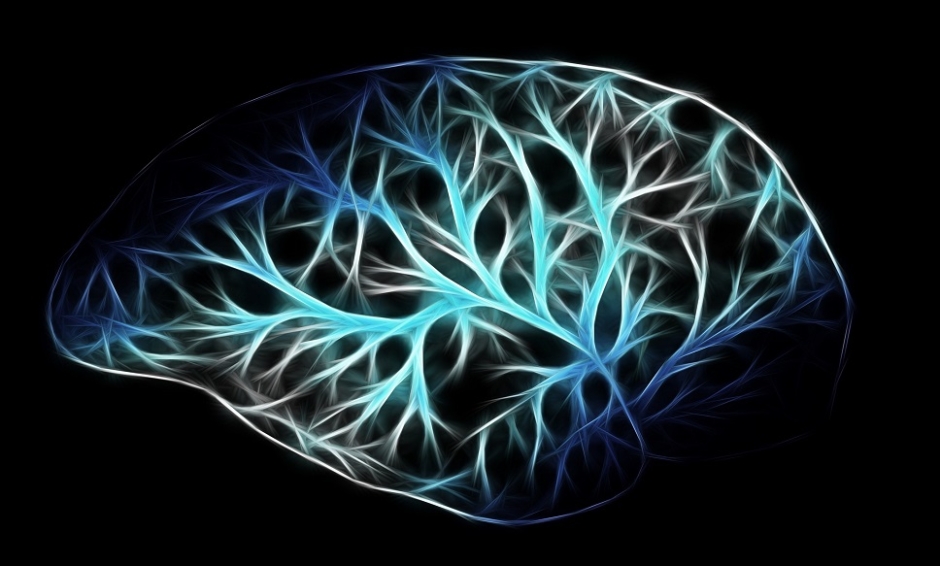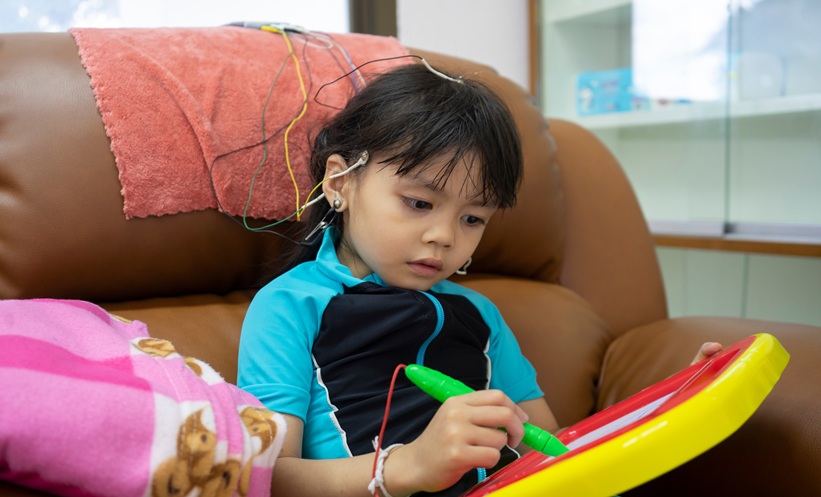Scientists have shown how a neural interface device called the NeuroGrid can be used to safely observe neural activity without penetrating brain tissue in both awake and anaesthetised patients.
The device is a flexible electrode grid placed directly on the surface of the brain to precisely record pathological activity patterns. The team behind its design explained that it could be used to improve diagnostic precision and assist with intervention strategies in patients with brain disorders, such as epilepsy.
In a new study, the team of neuroscientists used the NeuroGrid to successfully record neural activity patterns in a small group of five patients undergoing epilepsy surgery. Four out of the five patients underwent surgery while receiving general anaesthetic. The team found that the local field potential (LFP) recorded by the device was consistent with known activity patterns induced by these anaesthetics.
The fifth patient underwent awake craniotomy for functional language mapping. The brain activity recorded by the NeuroGrid matched the two conventional strip electrodes also used during the surgery which were connected to video electroencephalogram (EEG) monitoring equipment. Additionally, both the NeuroGrid and the strip electrodes identified multiple interictal epileptiform discharges (IEDs) but the NeuroGrid recordings had proportionately more γ band (>40 Hz) frequency power. In their research paper, the team explained that these results showed the NeuroGrid could capture and compare brain state dynamics using its ultrathin electrodes (10 μm2) compared to much larger conventional electrodes of approximately 12 mm2. NeuroGrid was also able to record spiking activity simultaneously with LFP in both the awake and anaesthetised participants.
The researchers also note that the device had no observable effect on the brain tissues and no adverse events were reported after the surgeries. Physical perforations in the NeuroGrid allow for wrinkle-free placement over the cortical surface without penetrating the tissue, and the thinness of its electrodes are thought to exert negligible pressure on the brain.
Jack Redden, Reporter








